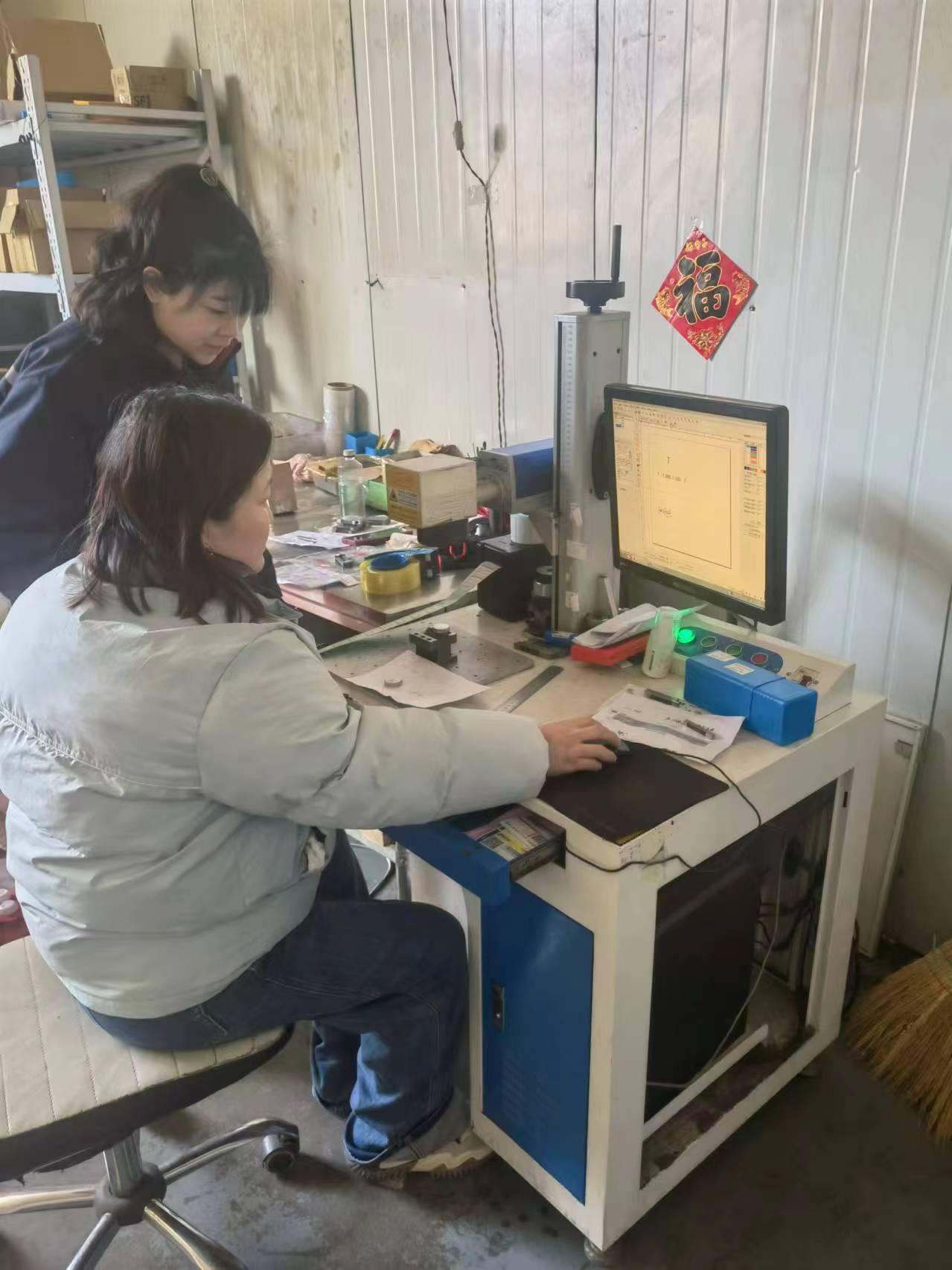Nov . 21, 2024 18:48 Back to list
water check valve
Understanding Water Check Valves Function, Types, and Importance
Water check valves play a crucial role in plumbing and fluid control systems, ensuring the proper flow of water while preventing backflow. These essential devices are widely used in residential, commercial, and industrial settings to maintain water quality and system integrity. In this article, we will explore the function of water check valves, the types available, and their importance in various applications.
What is a Water Check Valve?
A water check valve, also known as a non-return valve or one-way valve, is a mechanical device that allows fluid to flow in one direction while preventing it from flowing backward. This is essential in many water systems, where backflow can lead to contamination, system damage, and inefficiency. By using a check valve, users can protect their water supply and ensure that water flows only where it is intended.
How Check Valves Work
The working mechanism of a check valve is relatively simple. Usually, these valves have a flap or disc that opens when water flows in the correct direction. Once the flow stops or attempts to reverse, the flap closes, creating a barrier that prevents any backward flow. This automatic operation is vital in various applications, from irrigation systems to heating and cooling units, where maintaining unidirectional flow is crucial.
Types of Water Check Valves
There are several types of water check valves, each designed for specific applications and environments
. The most common types include1. Swing Check Valve This type features a swinging disc that opens with forward flow and closes under backflow pressure. Swing check valves are best suited for systems with high flow rates and minimal turbulence.
2. Lift Check Valve In a lift check valve, the internal disc moves up and down, allowing fluid to flow through when open. These valves are more effective at lower flow rates and are often used in horizontal pipelines.
3. Ball Check Valve With a spherical ball that moves to open or close the flow path, this type of valve is reliable and can handle high flow rates. Ball check valves are often used in pumps and sump applications.
water check valve

4. Diaphragm Check Valve Utilizing a flexible diaphragm, this design provides a tight seal and is perfect for applications requiring consistent performance, such as in water treatment systems.
Importance of Water Check Valves
The importance of check valves in water systems cannot be overstated
- Prevention of Contamination By stopping backflow, check valves help maintain the quality of potable water, preventing contaminants from entering the supply.
- Protection of Equipment In systems involving pumps and other machinery, check valves safeguard equipment from damage due to backflow or pressure fluctuations.
- Energy Efficiency By ensuring that water flows in one direction, these valves contribute to the overall efficiency of plumbing and heating systems, reducing energy consumption.
- Compliance with Codes Many local plumbing codes require check valves in specific applications to ensure safety and proper function, highlighting their importance in regulatory compliance.
Conclusion
In summary, water check valves are vital components in modern plumbing and fluid management systems. Their ability to prevent backflow protects water quality, ensures the longevity of equipment, and contributes to energy efficiency. With various types available, including swing, lift, ball, and diaphragm check valves, it is essential for professionals and homeowners alike to understand their specific applications and benefits.
Investing in quality check valves is crucial for maintaining a reliable and efficient water system. As technologies advance, innovations in check valve design continue to enhance their performance and adaptability, making them indispensable in our daily lives. Whether in a simple home plumbing system or a complex industrial setup, water check valves remain at the forefront of fluid control solutions.
-
Y Type Strainer Maintains System Efficiency Long TermNewsJul.15,2025
-
Valve Selection Guide for Industrial ApplicationsNewsJul.15,2025
-
Steel Fab Table Provides Durable Work Surface for WeldingNewsJul.15,2025
-
Pad Iron Provides Stable Support for Heavy MachineryNewsJul.15,2025
-
One Inch Check Valve Fits Standard Plumbing SystemsNewsJul.15,2025
-
Measuring Micrometer Ensures Precise Dimensional AccuracyNewsJul.15,2025
Related PRODUCTS









